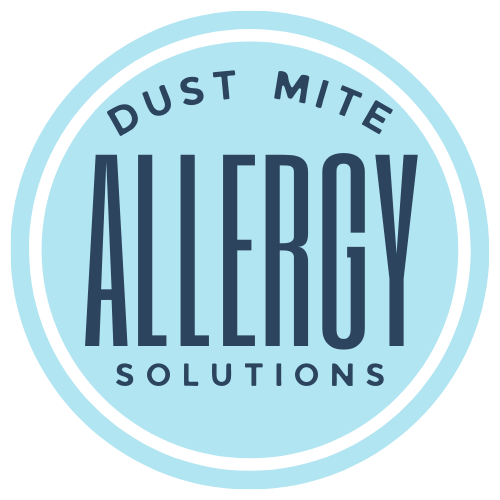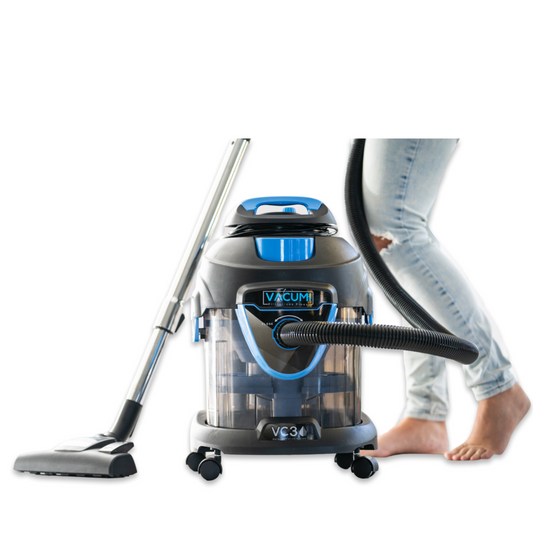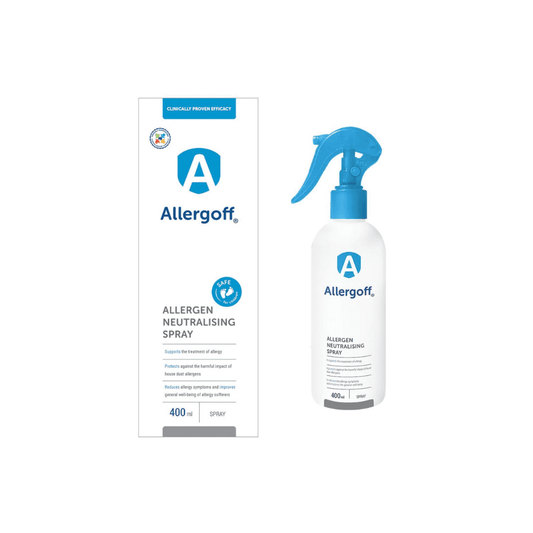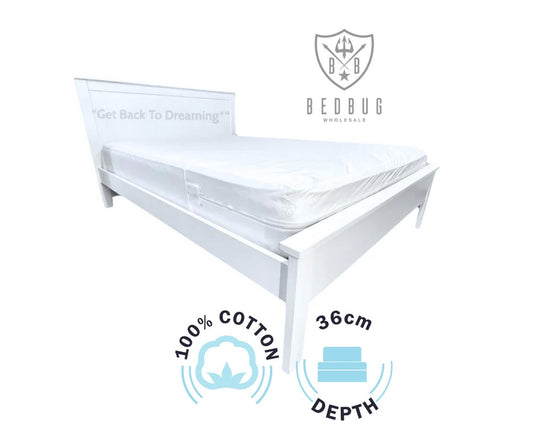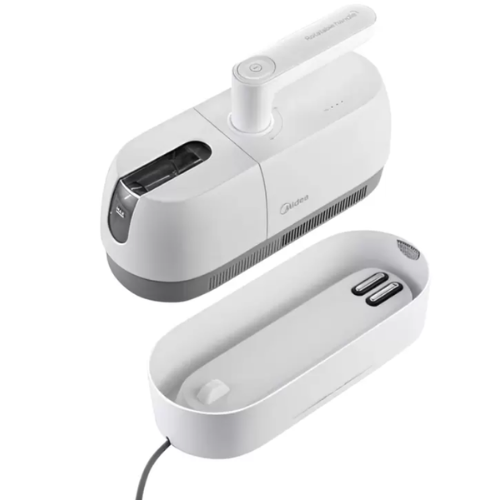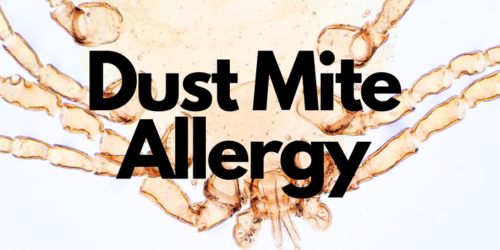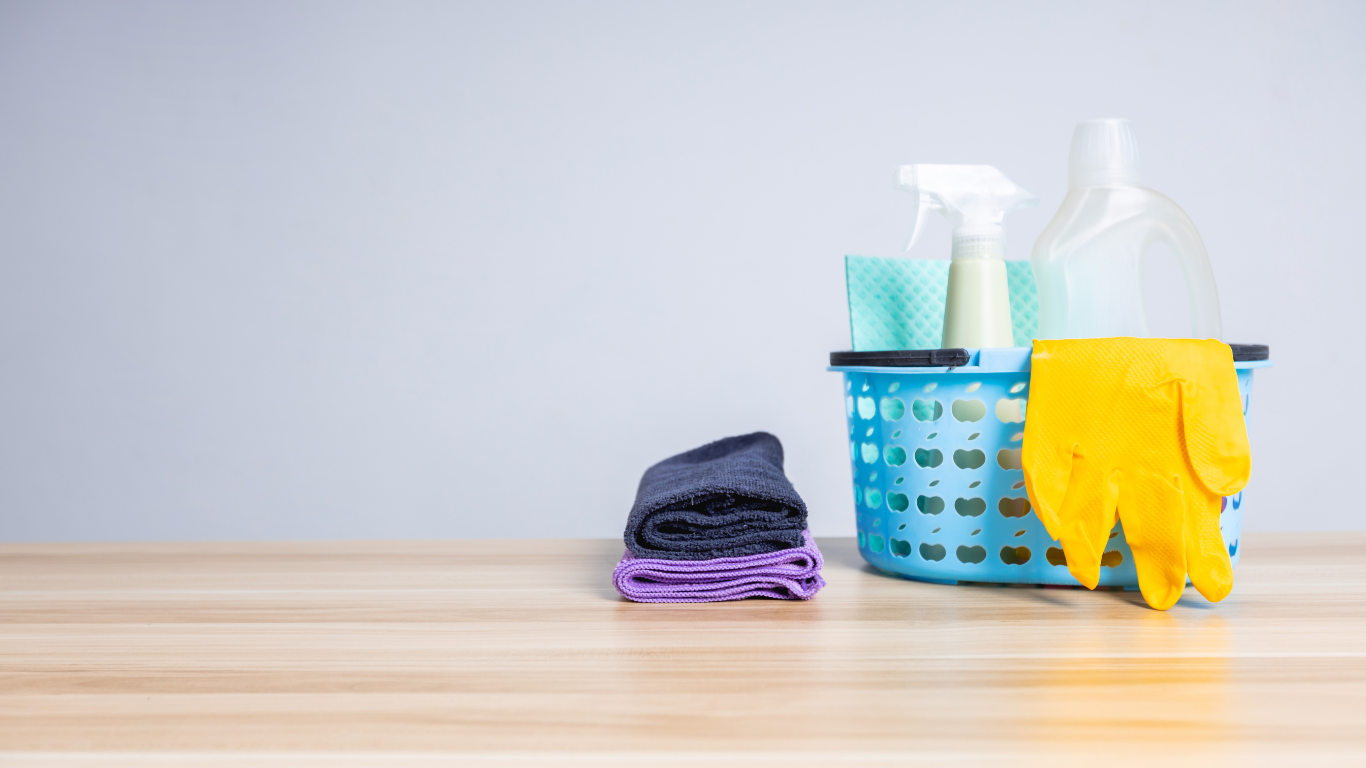Dust Mite Allergy Solutions
Get rid of dust mites and prevent allergies
Best selling dust mite allergy products
-
Dust Mite Water Filter Vacuum I VACUMI VC3
Regular price $439.00Regular priceUnit price per$499.00Sale price $439.00Sale -
Dust Mite Spray I Allergoff Allergen Neutralising Spray 400ml
Regular price $59.90Regular priceUnit price per -
100 % Cotton Dust Mite Allergy Mattress Protector I Encasement I 35 cm Depth
Regular price From $87.50Regular priceUnit price per -
Midea Coordless Mattress Vacuum Cleaner I UV Light I Dust Mites
Regular price $169.00Regular priceUnit price per$199.00Sale price $169.00Sale
"The best way to avoid an allergic reaction is to avoid the trigger that causes it."
How to get rid of dust mites
-

How to get rid of dust mites naturally
Kill dust mites fast -

How to get rid of dust mites in your couch
Clear your sofa of dust mites -
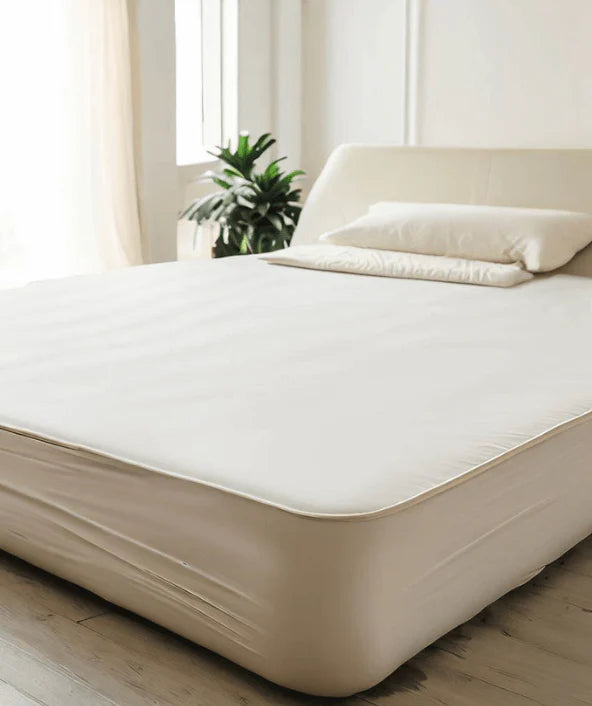
How to get rid of dust mites in your mattress
Eliminate dust mites -
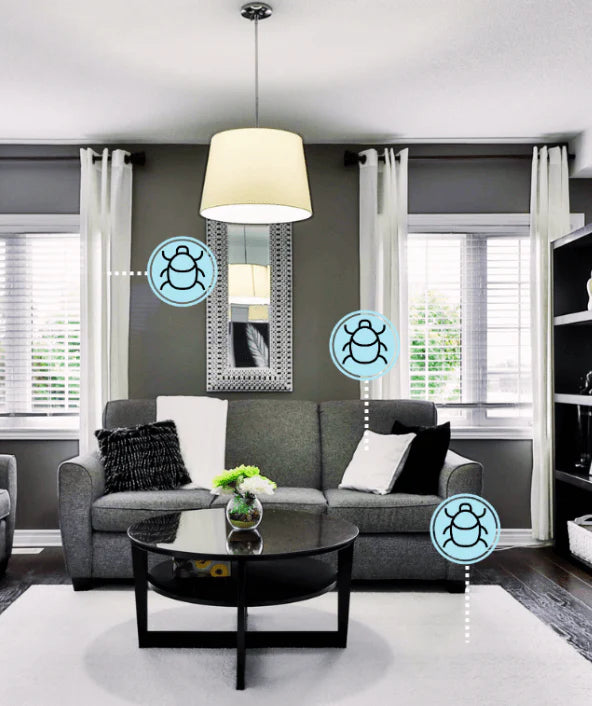
How to get rid of dust mites in your house
Room-by-room guide -
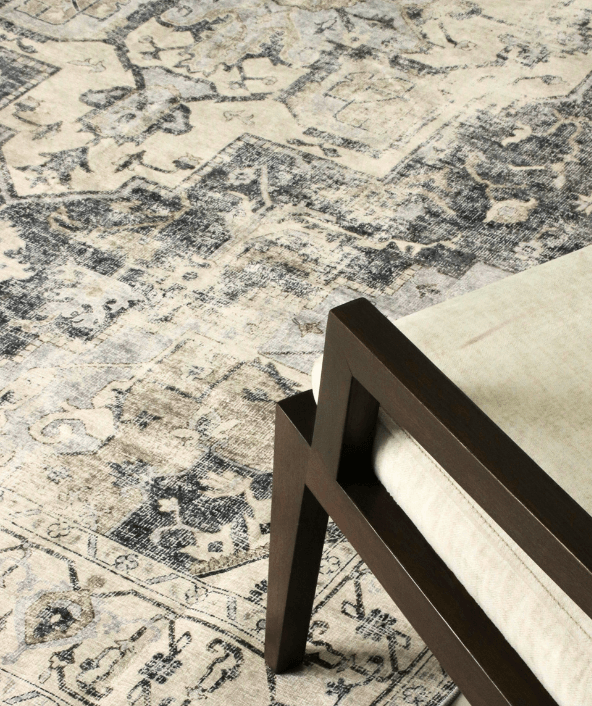
How to get rid of dust mites in carpet
Remove carpet dust mites -

How to get rid of dust mites in Australia
Eradicate mites in Australia
Looking for solutions to your dust mite allergies?
-

Top 10 Products
Eliminate dust mites successfullyOur best products to get rid of dust mites in your home.
-

Where should you start?
Dust Mite BeddingDealing with allergies can get overwhelming. Here is the first step we recommend taking.
-

Allergic to dust mites?
All dust mite questions answeredLearn all about dust mites, including their appearance, movement, and habitats.
Tools to manage other allergies
Let customers speak for us
Dust mite covers
-
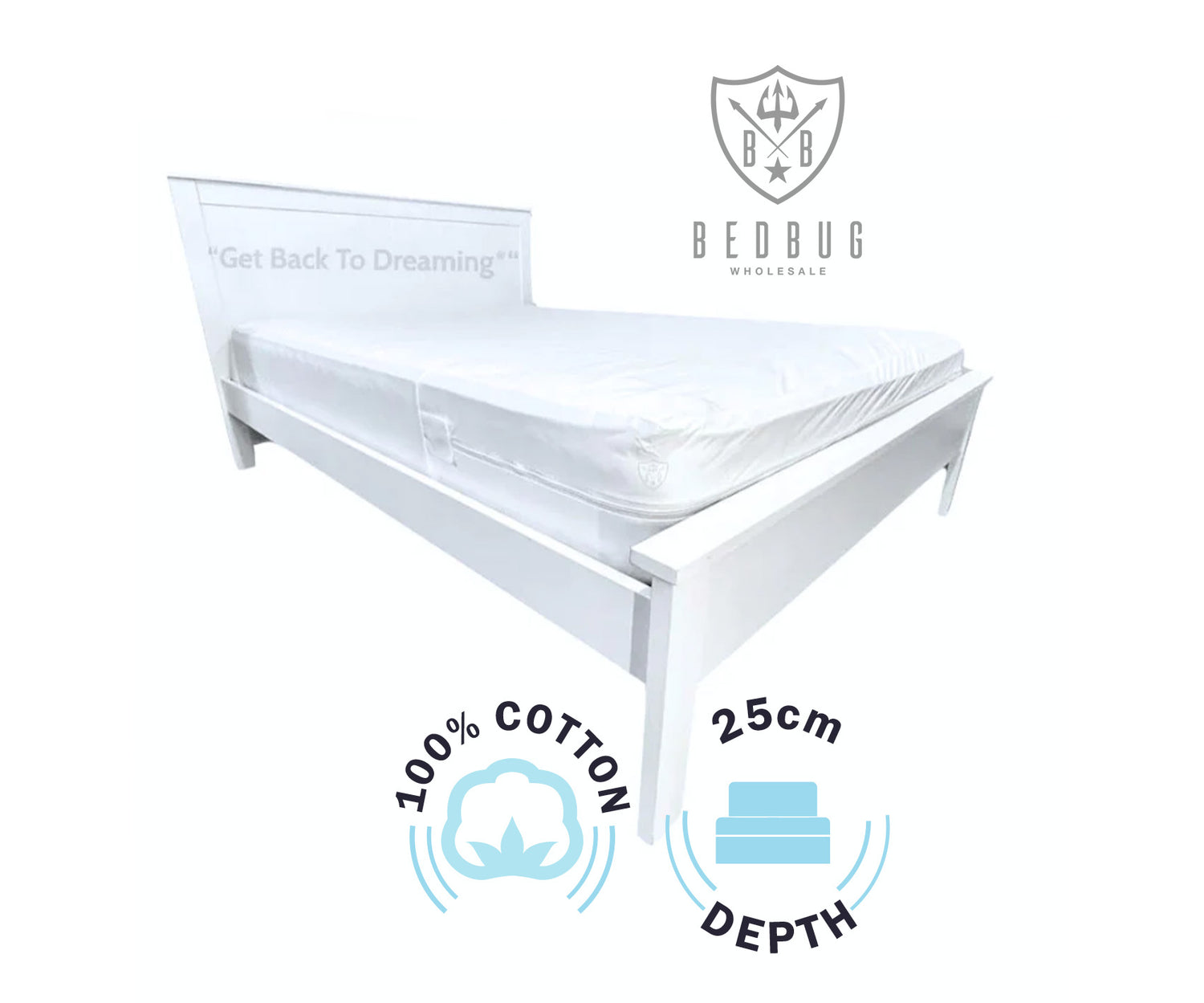
Mattress Protectors for Dust Mites
Mattress protectors for dust mites can significantly reduce exposure to allergens and...
-
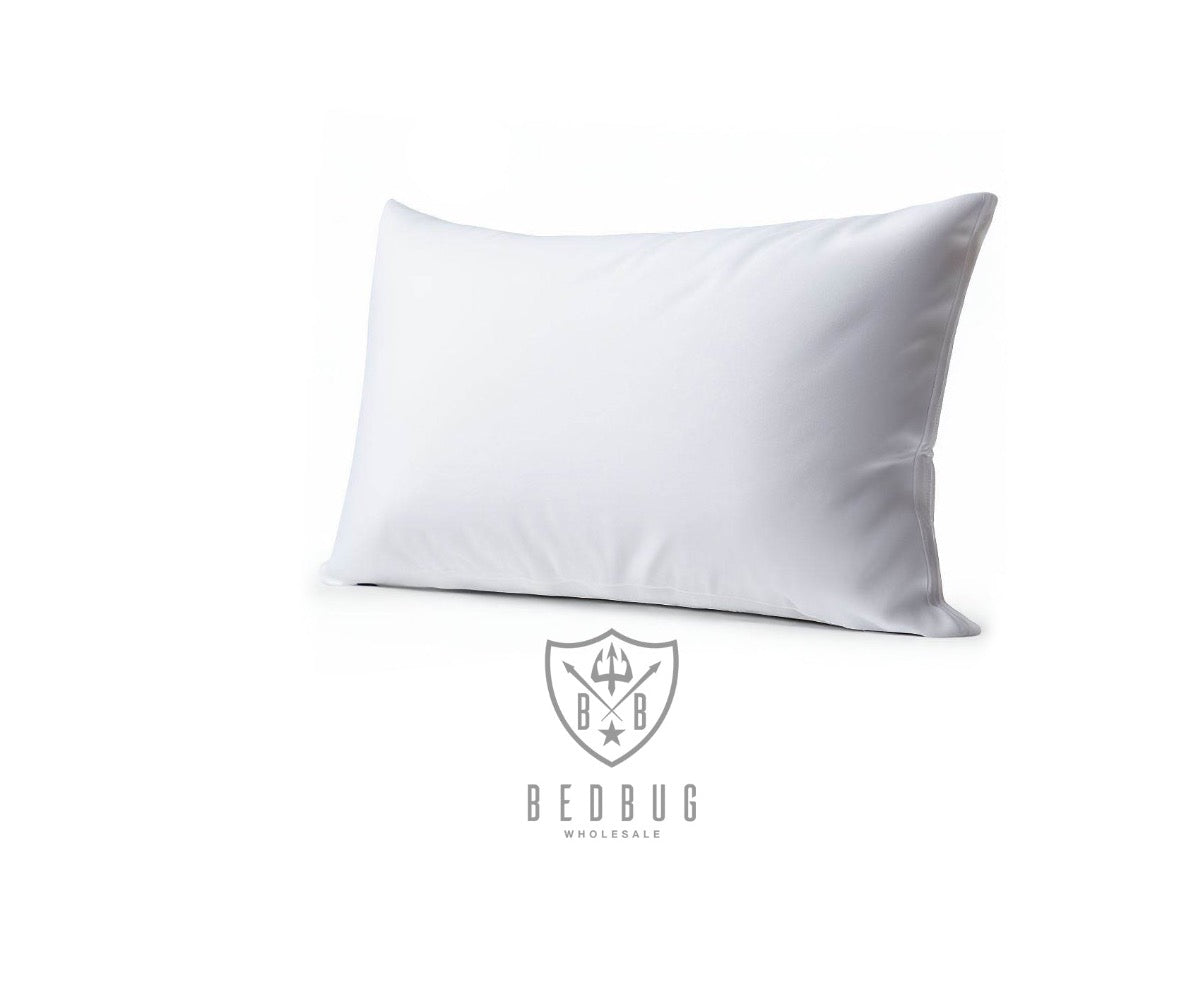
Dust Mite Pillow Protectors
Our cotton and waterproof pillow protectors offer a superior barrier against dust mites,...
-
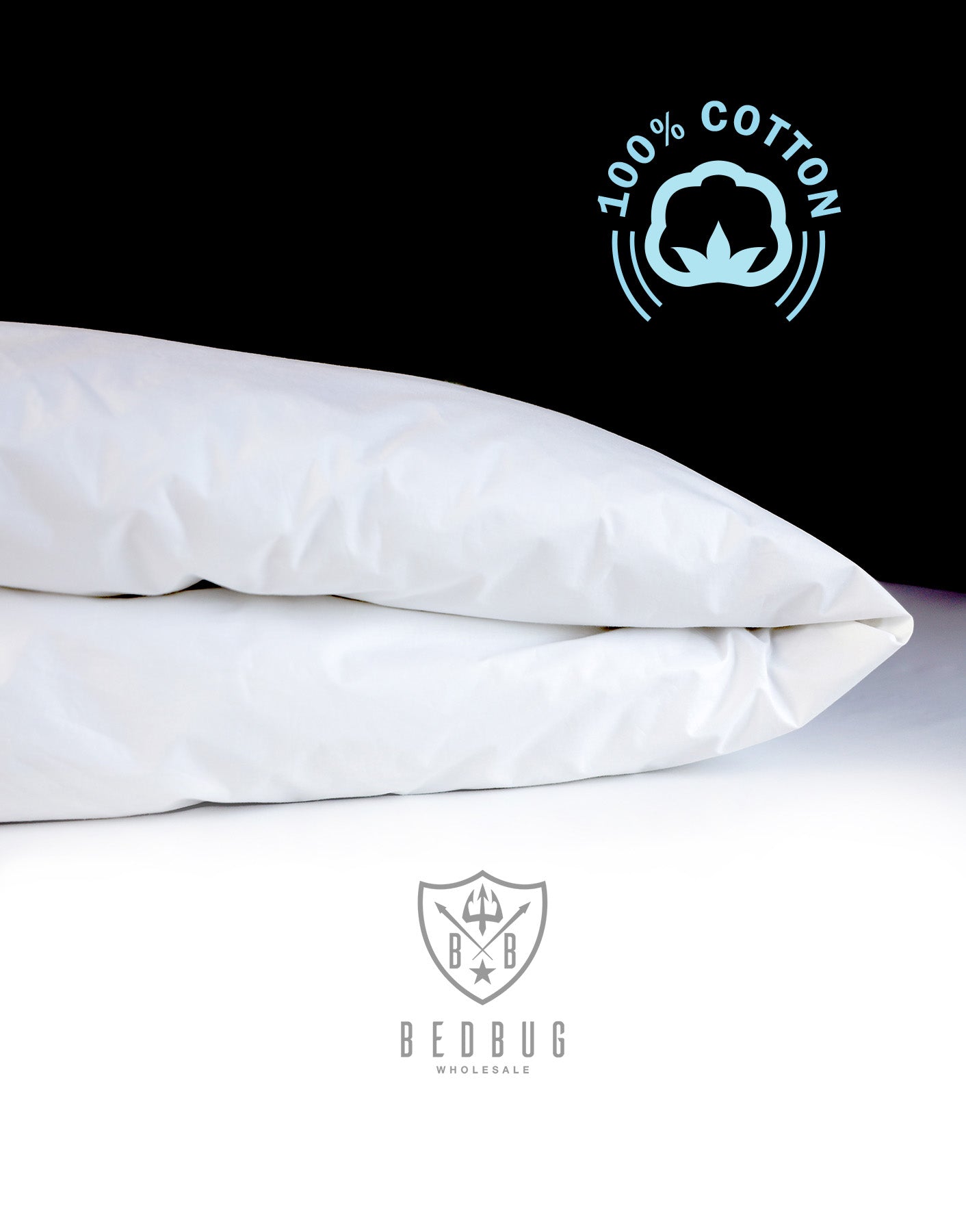
Dust Mite Quilt Protector
Discover the advantages of our dust mite quilt protectors, designed with small...
Are dust mite covers effective in preventing allergies?
Dust mite covers - all your questions answered
Dust mites thrive in our homes, particularly in mattresses, pillows, and bedding, where they feast on dead skin cells and leave behind allergens that can trigger allergic reactions. However, there is a solution: mattress, pillow, and duvet protectors.
What are dust mite covers?
Dust mite covers are specialised encasements designed to envelop pillows, mattresses, and duvets, creating a barrier that prevents dust mites and their allergens from penetrating the fabric.
How do dust mite covers work?
Dust mite covers work by forming a tight seal around your bedding with materials that are impermeable to dust mites, effectively blocking these allergens from coming into contact with your skin and respiratory system. Good quality covers will have zippers that will seal and encase the bedding.
Are dust mite covers effective in reducing allergies?
Yes, dust mite covers are highly effective in reducing allergies as they prevent exposure to dust mite allergens, which are a common trigger for allergic reactions and asthma symptoms.
What materials are dust mite covers made of?
Dust mite covers are typically made of tightly woven fabrics like cotton, polyester or polyurethane, which are effective in blocking dust mites and allergens while still allowing air and moisture to pass through for comfort.
Can dust mite covers help with asthma?
Absolutely, dust mite covers can be a significant help for asthma sufferers by minimising exposure to dust mite allergens, which can trigger asthma attacks.
How often should I wash dust mite covers?
Dust mite covers should be washed every 1 to 2 months, using hot water to effectively remove any accumulated dust or allergens. Please follow the manufacturers instructions for the brand you purchase.
Do dust mite covers need special care when washing?
Dust mite covers generally don't require special care, but it's advisable to follow the manufacturer's instructions, typically involving washing in hot water and drying on a medium-to-hot setting.
Are dust mite covers breathable?
Yes, most modern dust mite covers are designed to be breathable, ensuring comfortable sleep without compromising their effectiveness against dust mites.
Will dust mite covers change the feel of my mattress or pillow?
While dust mite covers are designed to be as unobtrusive as possible, they may add a slight layer of firmness or texture, but this is usually minimal and often goes unnoticed.
How do I choose the right size dust mite cover?
Measure your mattress, pillow, or duvet, and select a dust mite cover that closely matches these dimensions for a snug and effective fit.
Can dust mite covers be used on any type of bedding?
Yes, dust mite covers are versatile and can be used on various types of bedding, including memory foam, down, and synthetic materials.
Do dust mite covers prevent bed bugs?
While primarily designed for dust mites, many dust mite covers also provide a barrier against bed bugs, but it's important to check if the cover is specifically rated for bed bug protection.
Can children use bedding with dust mite covers?
Absolutely, dust mite covers are safe for use with children's bedding, providing the same allergen protection as they do for adults.
Read our guide where we answer all your commonly asked questions.
Using dust mite covers is highly recommended for people with dust mite allergies because they create a barrier between the allergens and the individual. Dust mite covers for mattress, pillow and duvet, are designed to be allergen-proof, preventing dust mites from infiltrating these commonly infested areas.
Dust Mite Covers
How can dust mite mattress cover help with allergies?
A single mattress can harbour millions of dust mites that feed on skin cells and cause allergies.
The dust mite allergy mattress covers are designed and manufactured with a pore size under 2.8 microns and can be a key tool in managing allergies.
Matress covers act as a barrier between you and the dust mites and their allergens that live in mattresses and other bedding.
By preventing these allergens from reaching you, mattress covers help reduce allergic reactions such as sneezing, itching, and congestion. This ultimately creates a healthier and more comfortable sleeping environment for individuals who are sensitive to dust mites.
Improve air quality in your home
-
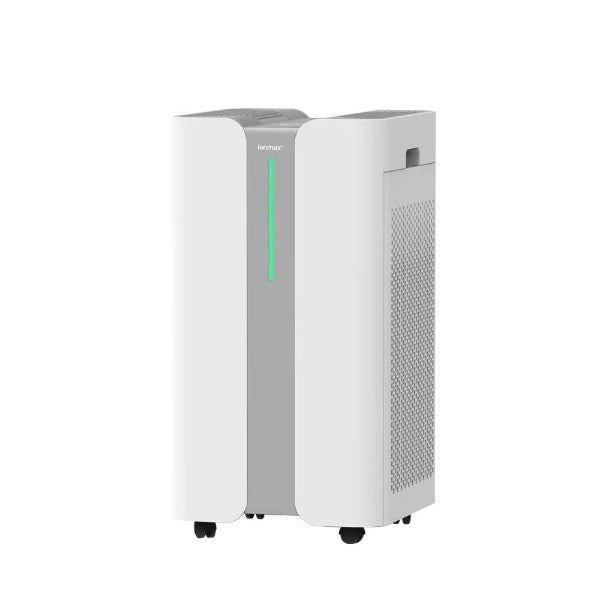
Air Purifiers for Dust Mite Allergy
Looking for the best air purifier for dust mites and allergies? Our...
-
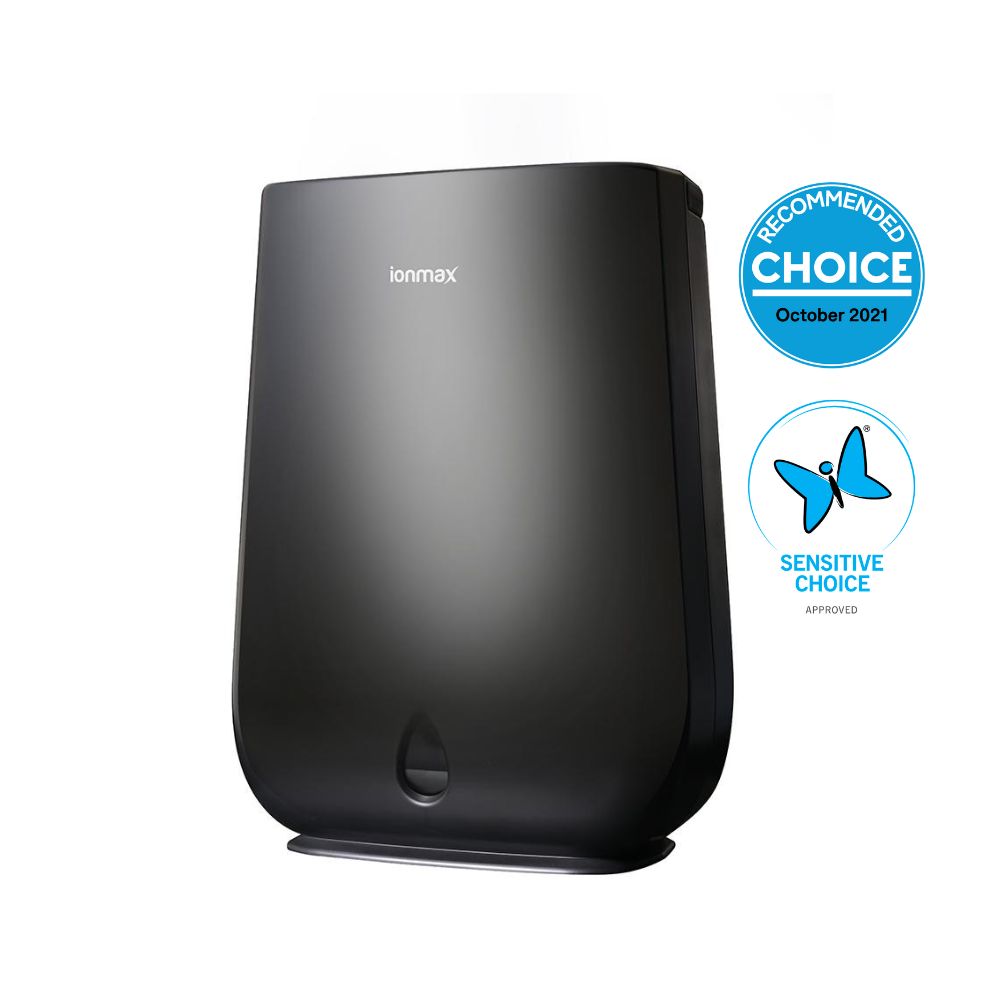
Dehumidifiers for Allergies
When the humidity level drops below 50%, dust mites have difficulty reproducing,...
-
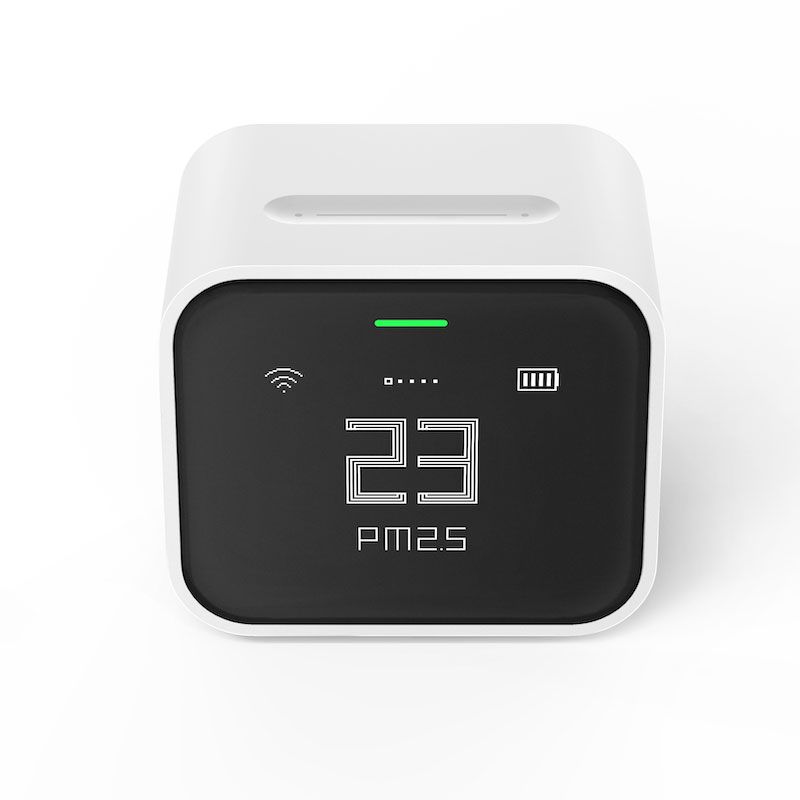
Air Quality Monitors
An air can assist in reducing humidity levels below 50%, making the...
-
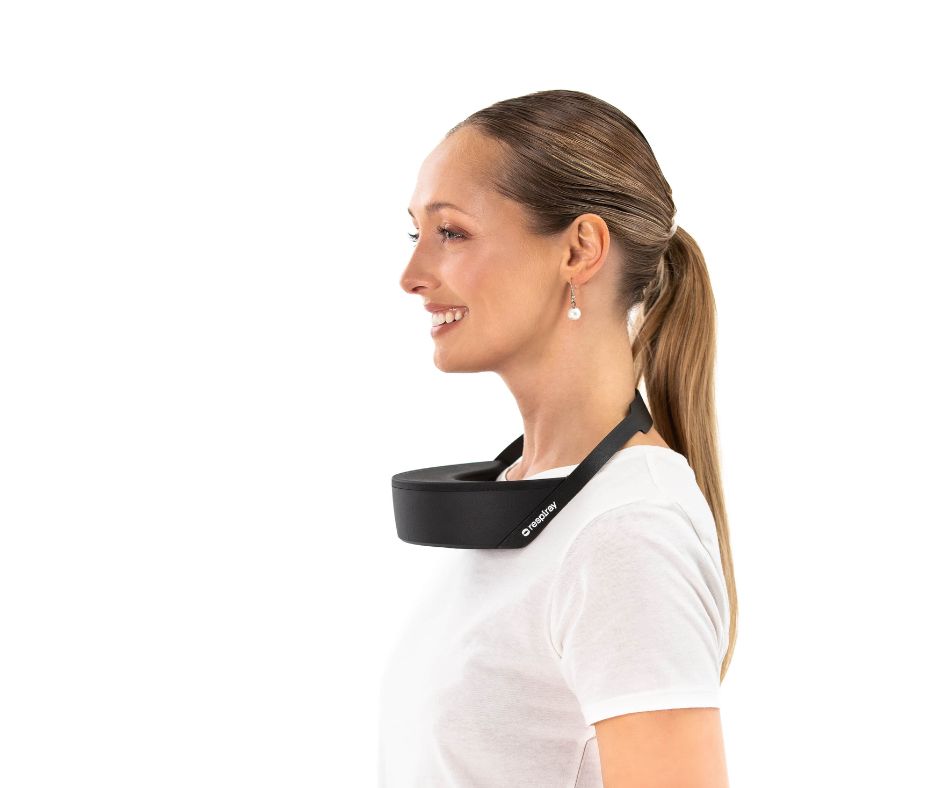
Best Portable Air Filters for Allergies
Portable air filters offer the convenience of clean and healthy indoor air...
All the tools you need to eliminate dust mites
-
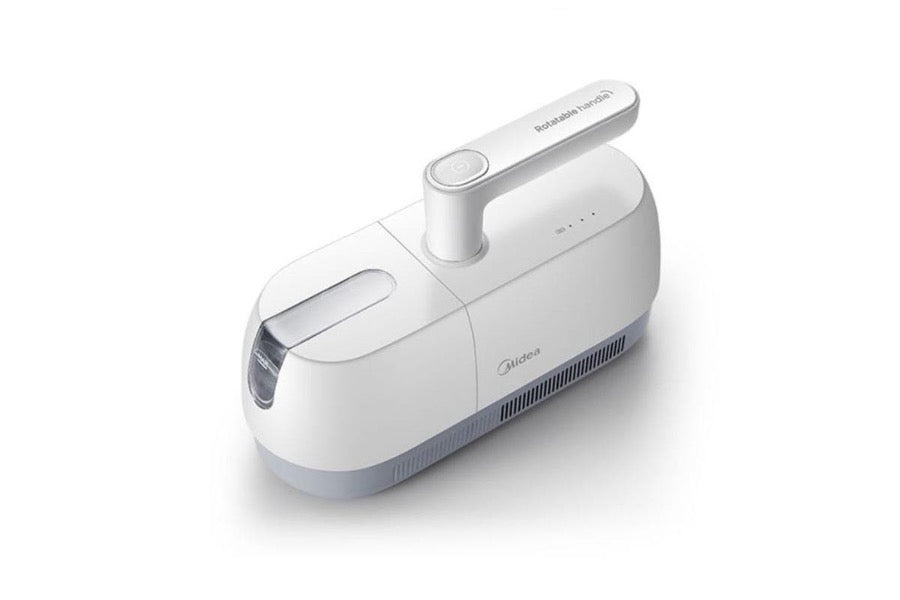
Mattress Vacuums UV Light
UV light can effectively kill dust mites by disrupting their DNA and...
-
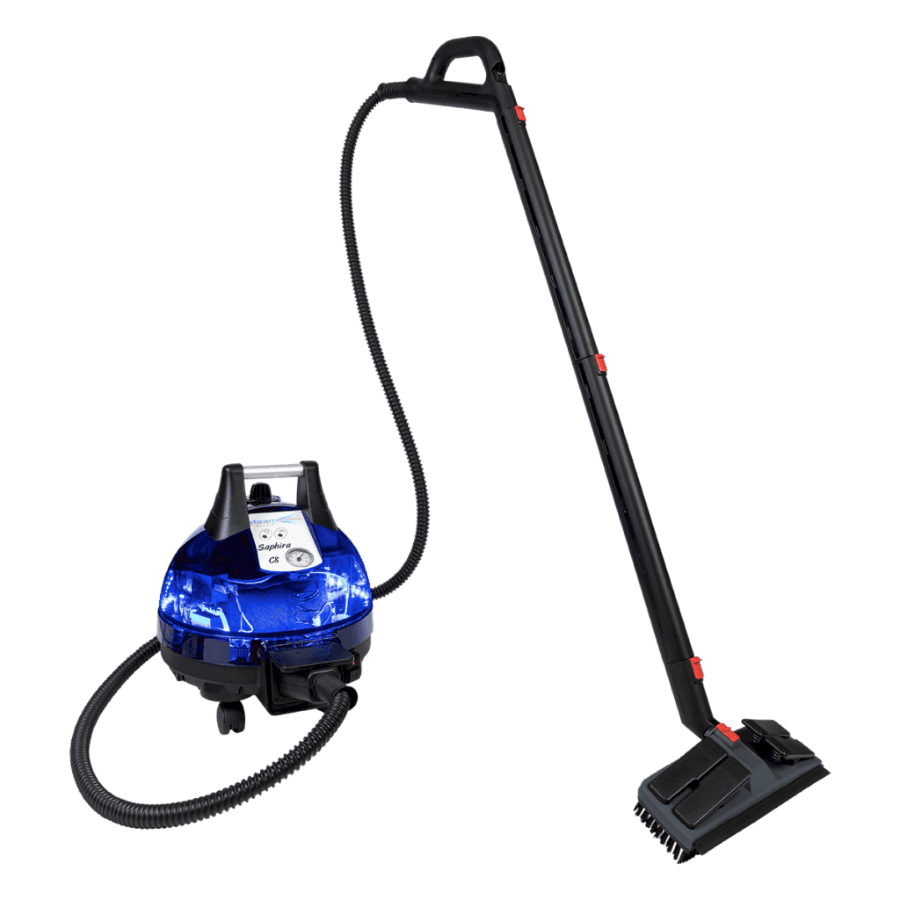
Dust Mite Steam Cleaners
Using a steam cleaner on bedding, carpets, upholstery, and other surfaces can...
-
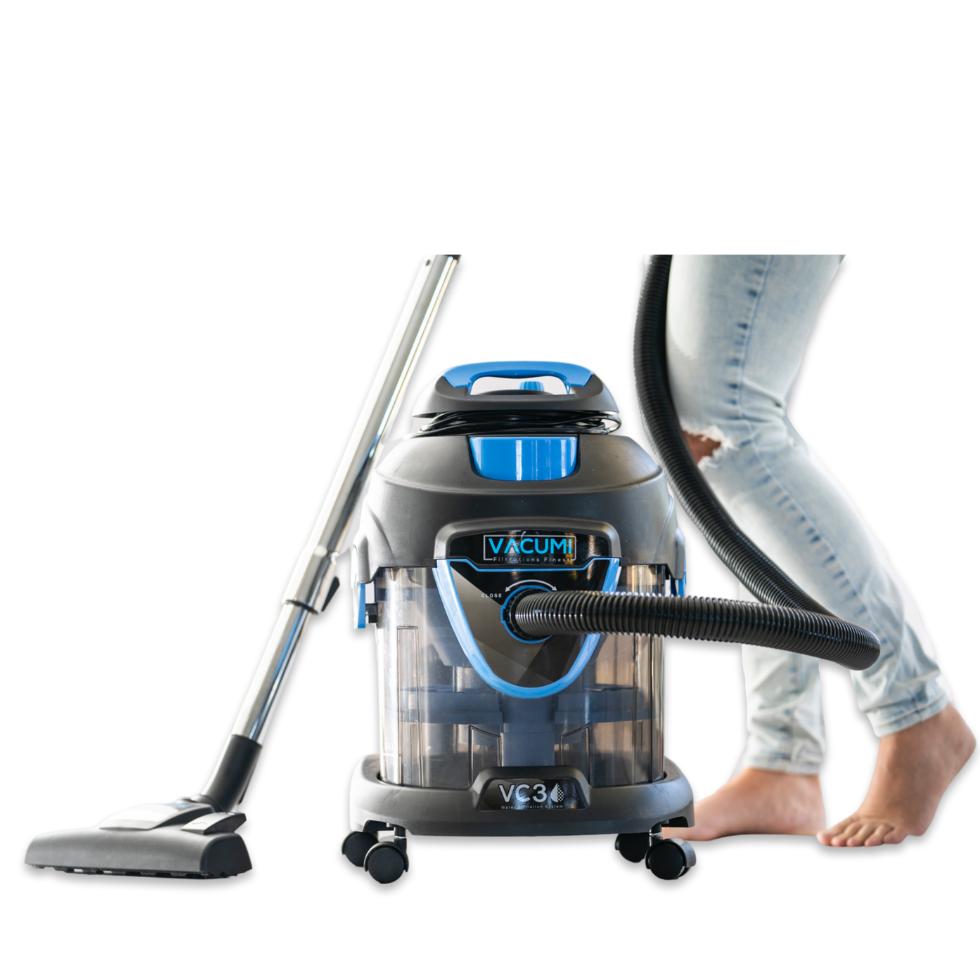
Dust Mite Vacuums
Each vacuum is equipped with a high-efficiency particulate air (HEPA) filter, designed...
Sleep tight in hypoallergenic bedding
-
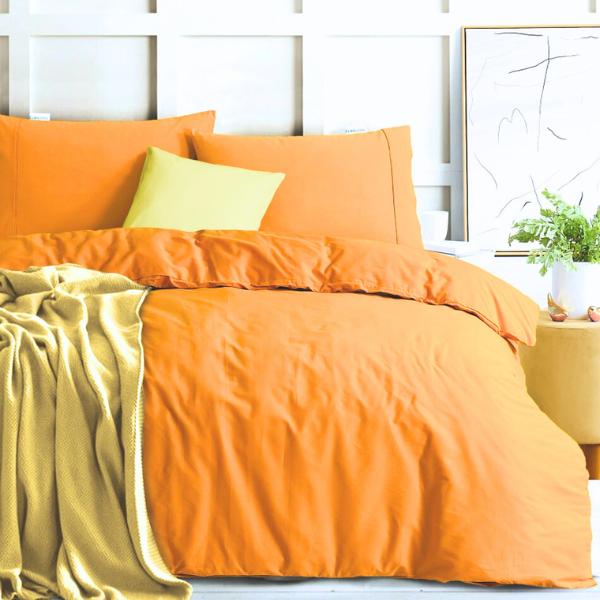
Hypoallergenic Bedding
Cotton and bamboo bedding offer allergy relief by virtue of their hypoallergenic...
-
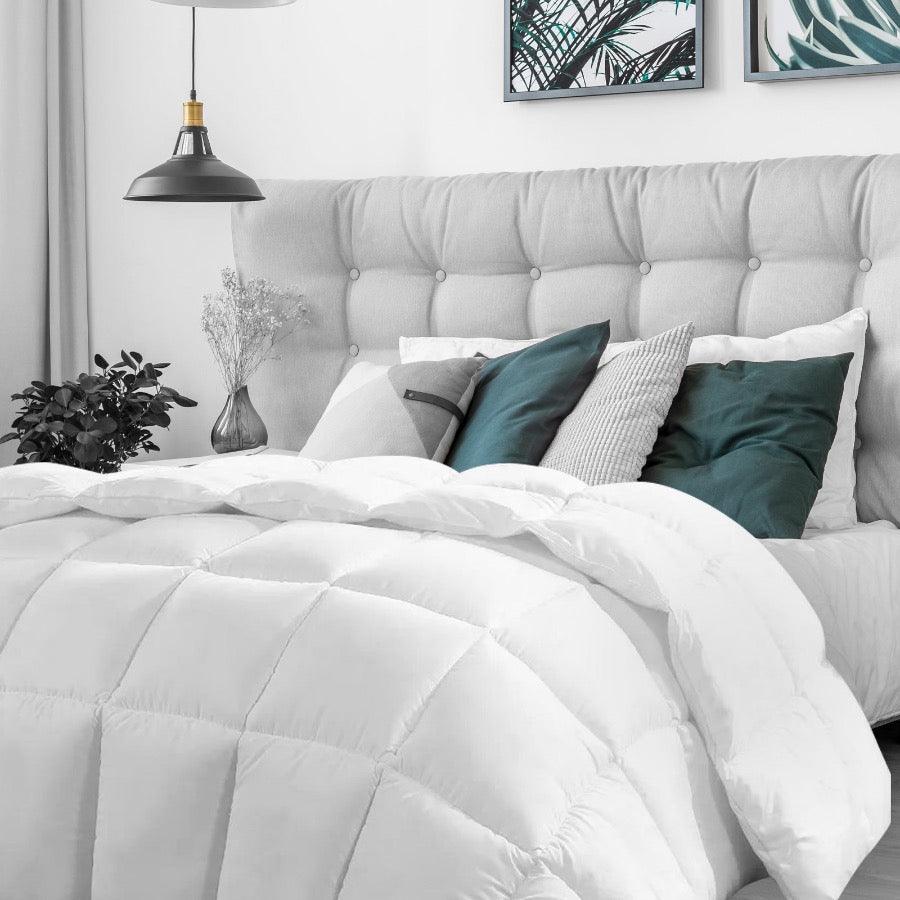
Hypoallergenic and Allergy Friendly Quilts
Our allergy-friendly and hypoallergenic quilts are crafted from materials that are inhospitable...
-
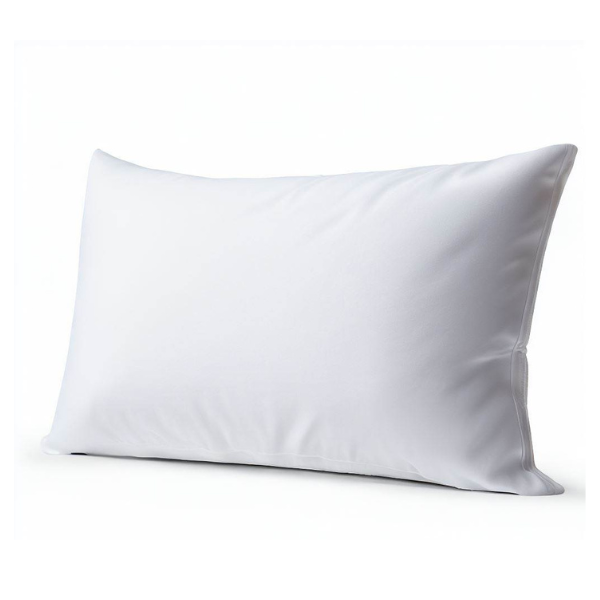
Hypoallergenic Pillows for Allergies
Considering you spend an average of 8 hours every night on your...
-
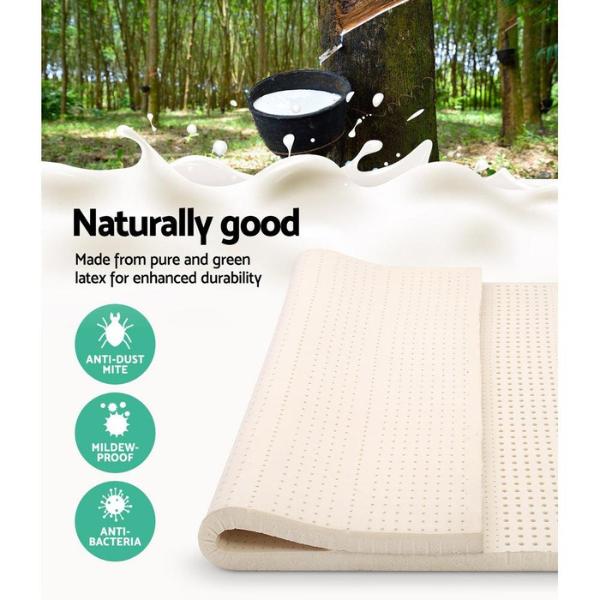
Mattress Toppers
These mattress toppers will create a barrier against common allergens like dust...
Exposure to dust mites
What is a dust mite allergy?
Dust mite allergy, commonly referred to as an allergic reaction to dust mites, occurs due to exposure to tiny arthropods called house dust mites. These minuscule creatures are commonly present in household dust, with a particular prevalence in areas frequently inhabited by humans, such as bedding, pillows, mattresses, and upholstered furniture. Dust mites primarily subsist on human skin flakes and thrive in warm and humid environments.
When individuals with dust mite allergies encounter dust mite allergens, which are proteins found in dust mite excrement and bodily remnants, their immune systems may overreact, leading to the manifestation of allergy-related symptoms.
Read more to find out if you might be allergic and what to do about it.
Dust mite bites
Do dust mites bite? The short answer is no, dust mites do not bite humans. Dust mites lack the anatomical features required for biting or piercing the skin. Although they can provoke allergic responses in certain individuals, these allergies do not result from bites. Rather, allergic reactions occur when people are exposed to the minute waste particles emitted by dust mites.
Coping with dust mite allergies in Australia's humid, subtropical climate
Unlike humans, who consume water, dust mites lack an internal means of quenching their thirst. Instead, they rely on absorbing moisture from their environment, which means that dust mites thrive in humid conditions, like the subtropical climate of Australia.
Read our advice on how to reduce dust mites in your home if you live in Australia.
How to prevent dust mites
To prevent dust mites, keep your environment clean and allergen-free. Regularly wash and dry bedding and curtains, use allergen-proof covers on mattresses and pillows, vacuum with a HEPA filter, and maintain indoor humidity below 50%. Opt for hard floors over carpets, reduce clutter, and wash or freeze stuffed toys. Ensure good ventilation and consider using an air purifier with a HEPA filter to trap allergens. Read our full guide.
Dust mite allergy: Best air purifiers
Do you know what is the key to successfully reducing dust mites?
Dust mites rely on extracting moisture from their surroundings, and elevated humidity levels offer an ideal setting for their reproduction and expansion. Moreover, increased humidity can foster the development of mold, another prevalent allergen capable of worsening allergy and asthma symptoms.
Read our guide on how to minimise dust mite population in your home.
Do air purifiers work for dust mite allergies?
Dust mites, a prevalent indoor allergen, release minuscule droplets that can become airborne, inciting allergic responses. By utilising an air purifier equipped with a HEPA filter, these particles can be effectively trapped, averting their circulation in the air and consequently diminishing the allergen load within the space.
Read our guide to help you choose the best air purifier for your home.
Create allergy-free sleep
10 Tips to eliminate dust mites in your bedroom
If you're determined to reclaim your bedroom from dust mites, our article Dust Mite Free Bedroom unveils ten effective tips that will help you banish dust mites and create a cleaner, healthier sleep haven. From simple cleaning practices to innovative solutions, we've got your ultimate guide to a dust mite-free bedroom covered.
The Ultimate guide to hypoallergenic bedding for dust mite allergies
When contending with dust mite allergies, making informed choices about your bedding becomes crucial in minimizing exposure to these allergens. Read our guide for top tips when selecting your bedding.
Do you know the difference between hypoallergenic and anti-allergy bedding
For individuals grappling with allergies, finding allergy relief can often feel like an endless struggle. While medications and air purifiers offer respite, your sleep environment's significance in allergy management cannot be overstated. Find out the difference between these two options.
